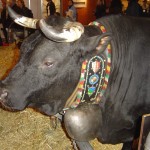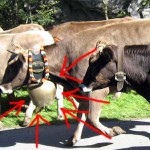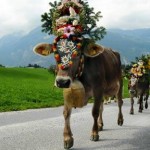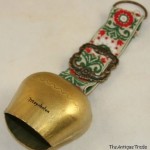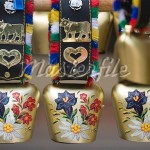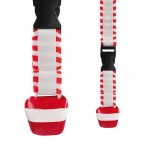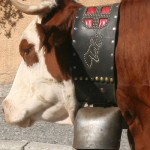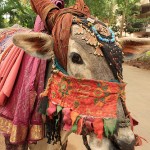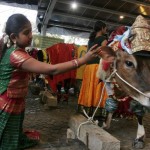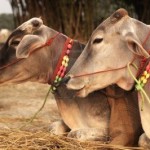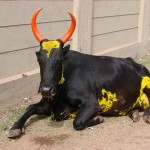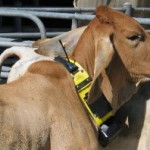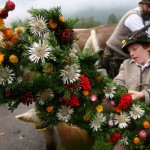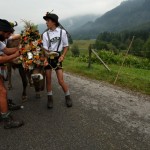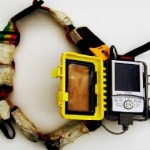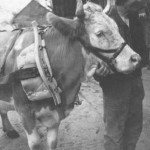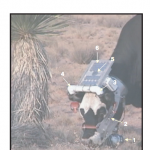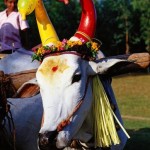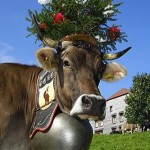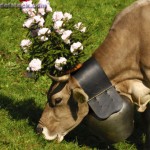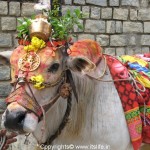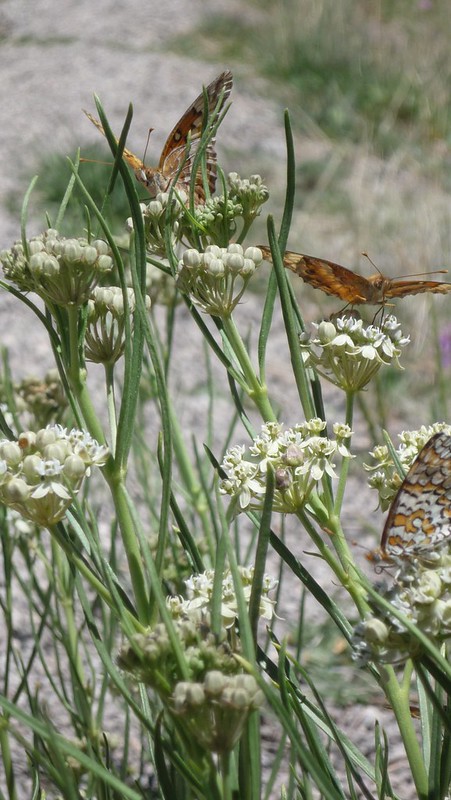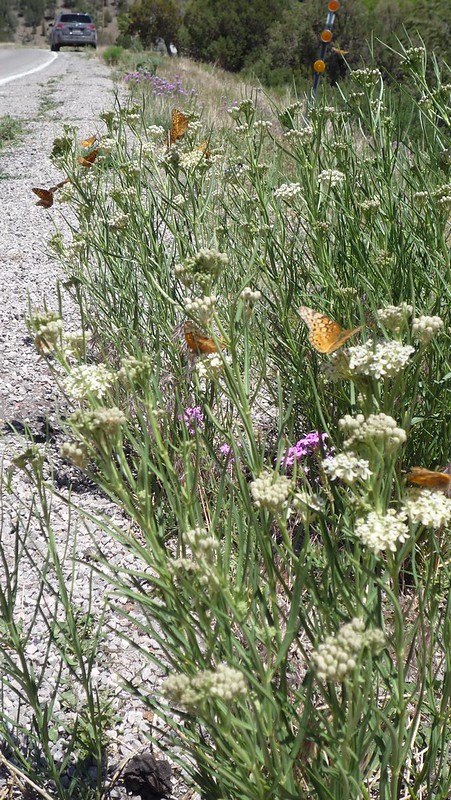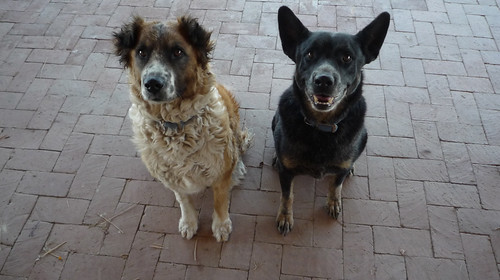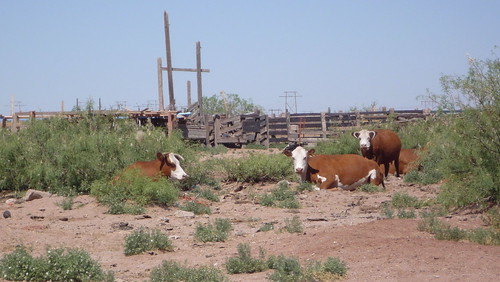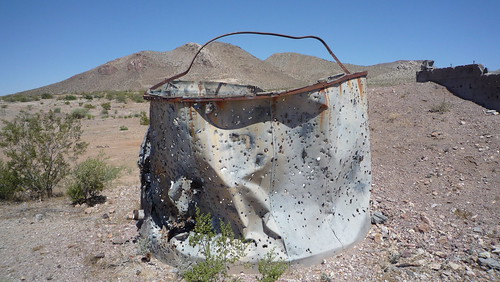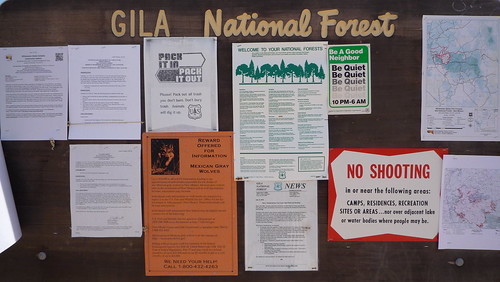Cataphract and other animal armor


The Chanfron took it’s denomination from the part of the horse’s head that it covered. It was a mask that protected the horse in battle but also often hindered the horse from seeing right before him, perhaps to prevent being intimidated by any objects which might lessen the celerity of its charge. This piece is forged from 18 gauge steel and is fully functional but also makes a wonderful wall hanger. This item has been discontinued and only very limited supply remains
Historically, the cataphract was a very heavily armored horseman, with both the rider and steed draped from head to toe in scale armor, while typically wielding a kontos or lance as their weapon. (Thanks wikipedia)

Mughal war elephants
1700’s Indian War Elephant Armor
Cat and mouse armor by Jeff de Boer
Armour (or armor) in animals is external or superficial protection against attack by predators, formed as part of the body (rather than the behavioural use of protective external objects), usually through the hardening of body tissues, outgrowths or secretions. It has therefore mostly developed in ‘prey’ species. Armoured structures are usually composed of hardened mineral deposits, chitin, bone or keratin.
Armour is evident on numerous animal species from both current and prehistoric times. Dinosaurs such as Ankylosaurus, as well as other Thyreophora (armoured dinosaurs such as Ankylosauria and Stegosauria), grew thick plate-like armour on their bodies as well as offensive armour appendages such as the thagomizer or a club. The armour took many forms, including osteoderms, spikes, horns and plates. Other dinosaurs such as ceratopsian dinosaurs as well as some sauropods such as Saltasaurus and Agustinia, grew armour to defend themselves, although armour in sauropods overall is uncommon.
In modern times, some molluscs employ the use of shells as armour, and armour is evident in the chitinous exoskeleton of arthropods. Fish use armour in the form of scales, whether ‘cosmoid’, ‘ganoid’ or ‘placoid’ and in some cases spines, such as on fish such as the stickleback. The chalky plate, or cuttlebone, of cuttlefish also acts as armour. Most reptiles have scaly skin which protects them from predators in addition to water retention; the crocodile’s exoskeleton and the shells of the Chelonia – tortoises, turtles and terrapins.
Numerous mammals employ the use of spines and body armour, although not as sturdy as reptilian armour, like the spines of the Echidna and spiny anteaters and of porcupines and hedgehogs. The bony shell of the armadillos and the extinct Glyptodon were very much like Ankylosaurus’ armour and some modern armadillos curl up into a ball when threatened, making them unexposed due to their armour. Similarly, the hairy plate-like scales of the pangolin are employed in the same way and are constructed of the same material used in the offensive armour, the horn, of the rhinoceros.
Armour, although all used for the sole intent to ward off attackers, can be split into defensive and offensive armour. Examples of offensive armour are horns, hooves, antlers, claws and beaks, clubs and pincers, as developed in some mammals, birds, reptiles (including dinosaurs, such as the dromaeosaurid claw and the ceratopsian horn) and arthropods. Offensive armour is often used in conjunction with defensive armour and in some cases makes an animal almost unassailable. – wikipedia
Roadside resplendent
Albuquerque
Drove the long way up from Silver City today, past Glenwood, Reserve, and Aragon again. Nice to feel some familiarity with the terrain, and even some of the mercantile community. I’m very grateful how open people are, and they make time.
Drove by the Very Large Array, and then tried to high tail it up here.
I’m staying at the Monterey Non-Smokers Hotel (? !) on Route 66. Right near the old town. Totally tourist. But whatever. Nice and slow.. it was 100 degrees. Shady plaza, more super friendly people. It was a relief to walk around after hours and hours in the car.
Tonight I took a back street to get back to the motel from Garcia‘s where I ate tamales. I ended up walking along the edge of a private golf course. Before I really processed it, the cold (actually wet and frigid!) air that floated off the green green grass, and the smell of earth crept toward me; I swooned. It was almost revolting, after 15 days in the desert. Sprinklers on high, rows and rows of them. All I can think of is draining water tables and drying rivers (I’ve been a water waster by habit). Between that and the motel’s azure kidney-shaped pool, I had body shock (not culture shock, I’m not that dramatic).
VLA:

Carnivores’ give and take
This is an editorial on the Rewilding Institute‘s web site by Dave Parsons:
What’s the big deal about carnivores?
A large body of literature supports the conclusion that large carnivores are critical components of healthy and biologically diverse ecosystems. Large carnivores tend to promote plant and animal diversity and ecosystem complexity.
Their removal can unleash a cascade of effects and changes throughout all ecosystem trophic levels reducing biological diversity, simplifying ecosystem structure and function, and interfering with ecological processes. Their return to impoverished ecosystems can reverse the cascade and restore diversity and complexity to ecosystems.
We are witnessing such ecological rebirth in Yellowstone National Park following the return of the wolf to that ecosystem. Riparian willows and cottonwoods are returning because elk spend more time moving and hiding to avoid becoming wolf scat. With their table reset, beavers are returning to the streams.
These “ecological engineers” provide homes for myriad critters from aquatic insects to fish to songbirds. The extent of changes is certainly far more complex than we can observe or document.
The critical role of carnivores kicks in when viable populations are allowed to persist at ecologically effective population densities over large areas—really large areas.
“Areas apparently needed to maintain viable populations [of large carnivores] over centuries are so large as to strain credibility; they certainly strain political acceptance.” Noss et al. (1996:950)
doubt and conviction
Why do I need to know all of this? One problem with being a generalist is where to start and when to stop. You feel like a dilettante, you ARE a dabbler. You hope that your naivete serves to make connections where others are more entrenched. You hope that these connections serve some larger snapshot.
Like any kind of literacy, the land needs to be read for signs of life beyond the picturesque. In order to unpack the mythology that comprises what we call the Wild, or the Open Range, it’s crucial to recognize nuance. I have found, so far, nuances – 1000 doors behind each one: the door of fire, the door of the wolf, the door of the rivers, the door of water at large, and of drought, the door of grasslands diversity, the door of cattle breeds and husbandry, the door of the Apache perspective, the door of the Mimbres cultural mysteries, the maze of ranchers, enviros, politicians, Federal workers, biologists.
In a desert, perhaps more than other ecosystems, nuance is everything.
I will never be here, in this particular place which is both unique and also representative of problems of The West, long enough to be literate in all the nuances.But in listening the last 2 weeks to a diversity of people who are rooted in this landscape and deeply invested in the biopolitics of the Southwest in one way or another, statements come leaping out at me, rich with image, with conviction, with metaphor. Everyone expresses conviction. I feel doubt. My questions have become simple, at the tail of long conversations that unfold like tiny labyrinths for enormous centipedes.
Is there any hope here?
Do you think people can bridge the polarized divide?
What is the wolf a symbol of to you, how do you picture it, what sort of character does it possess?

